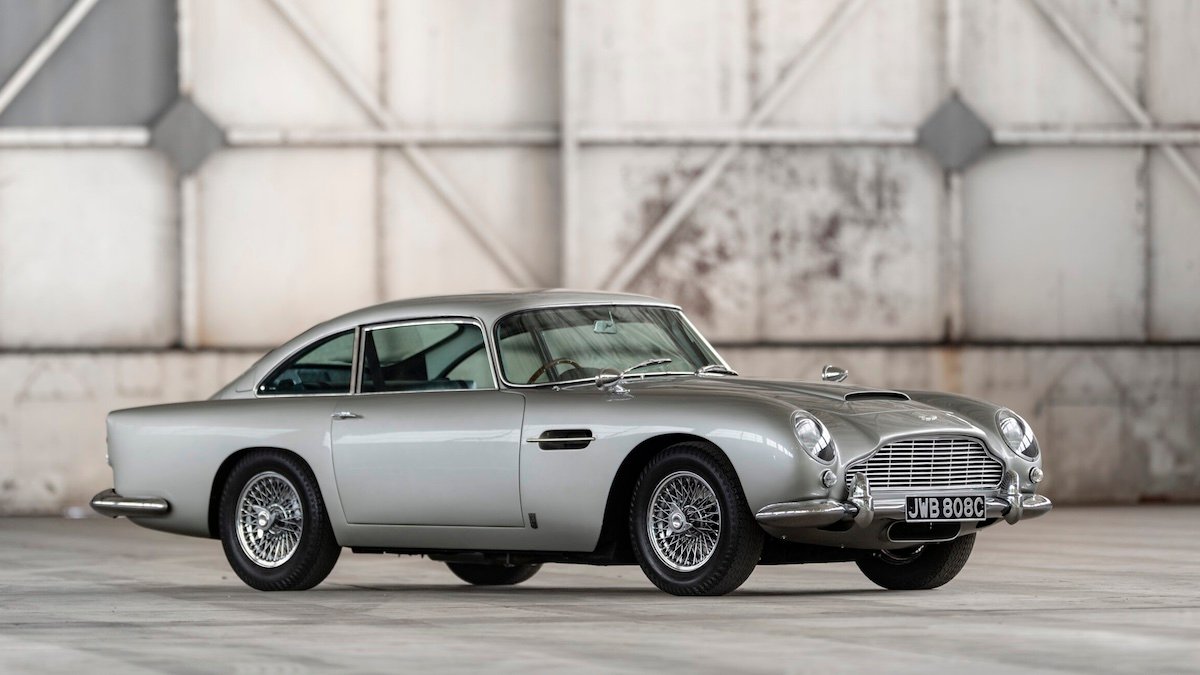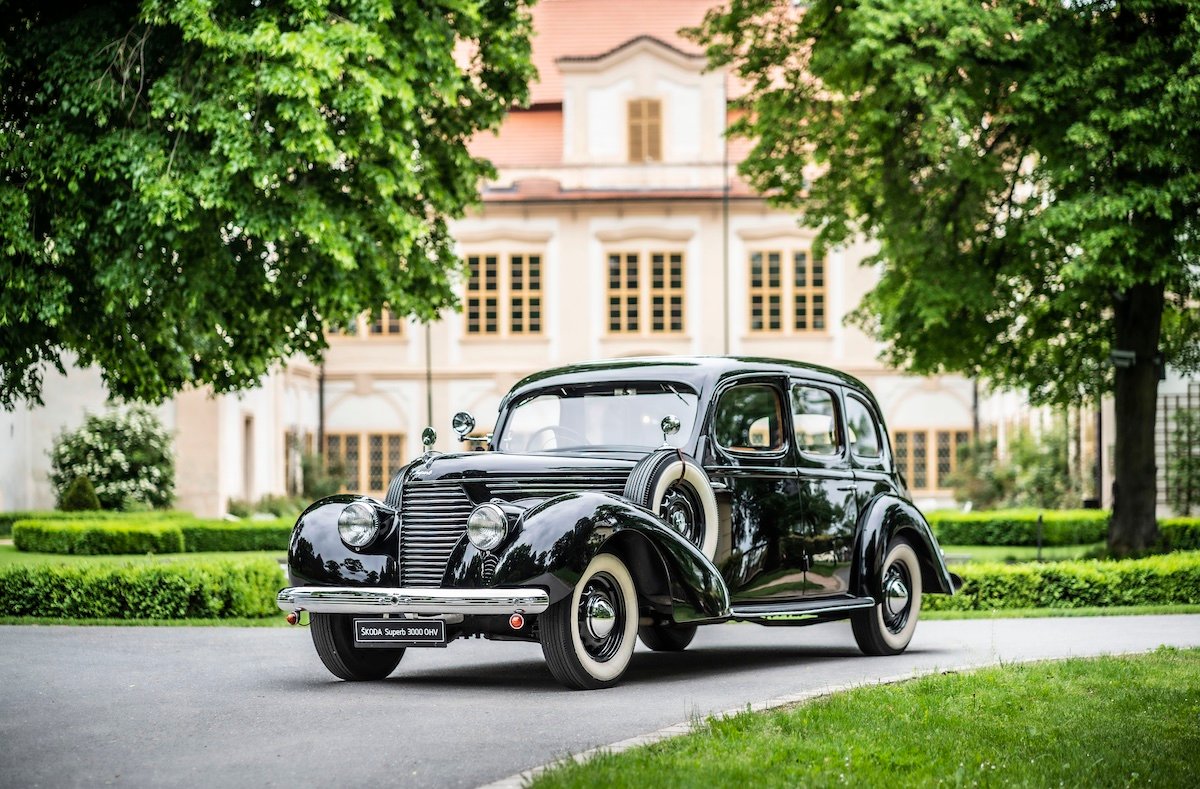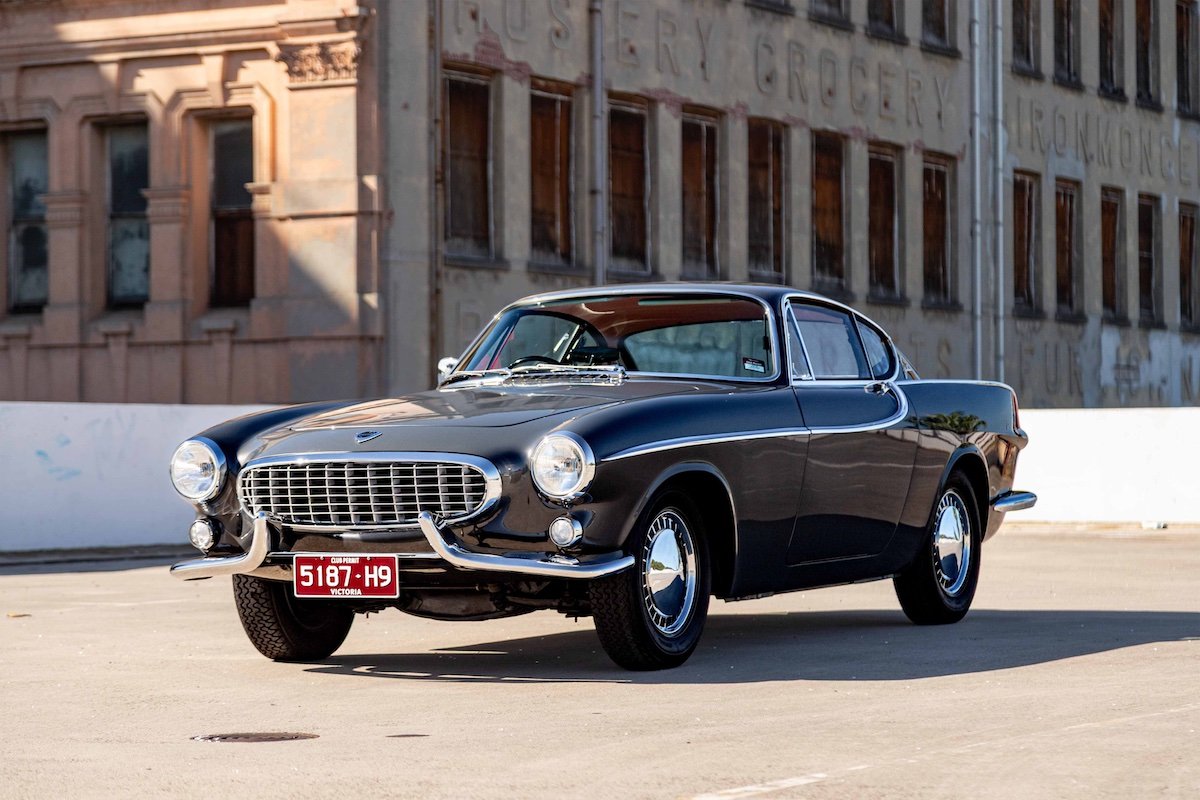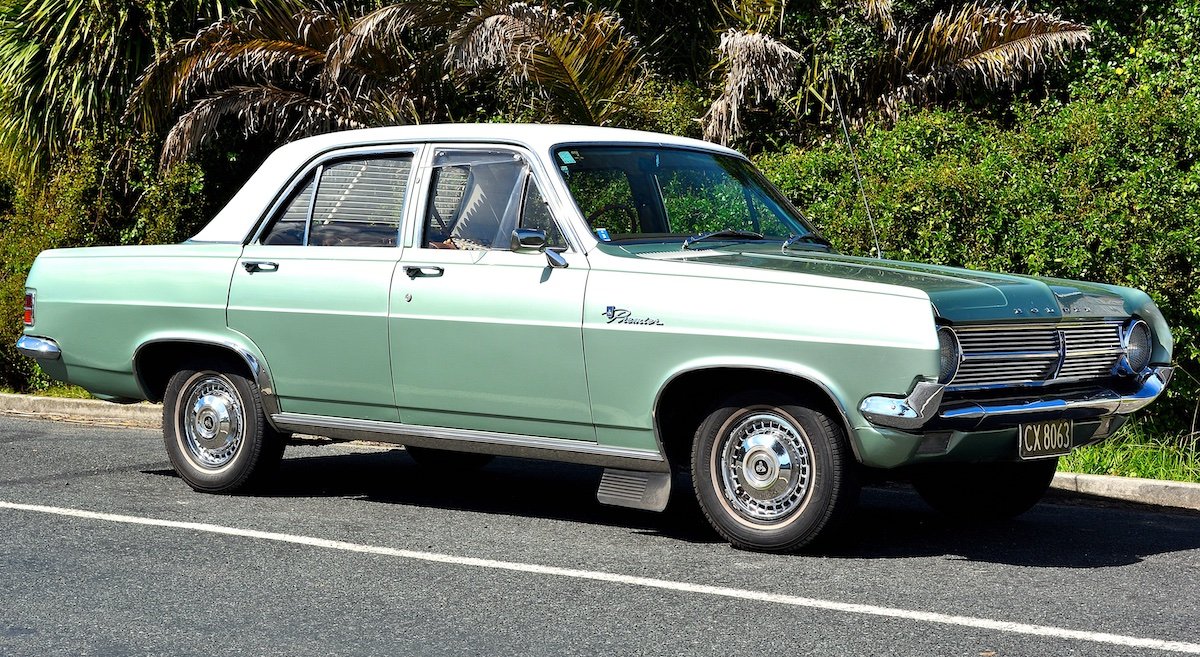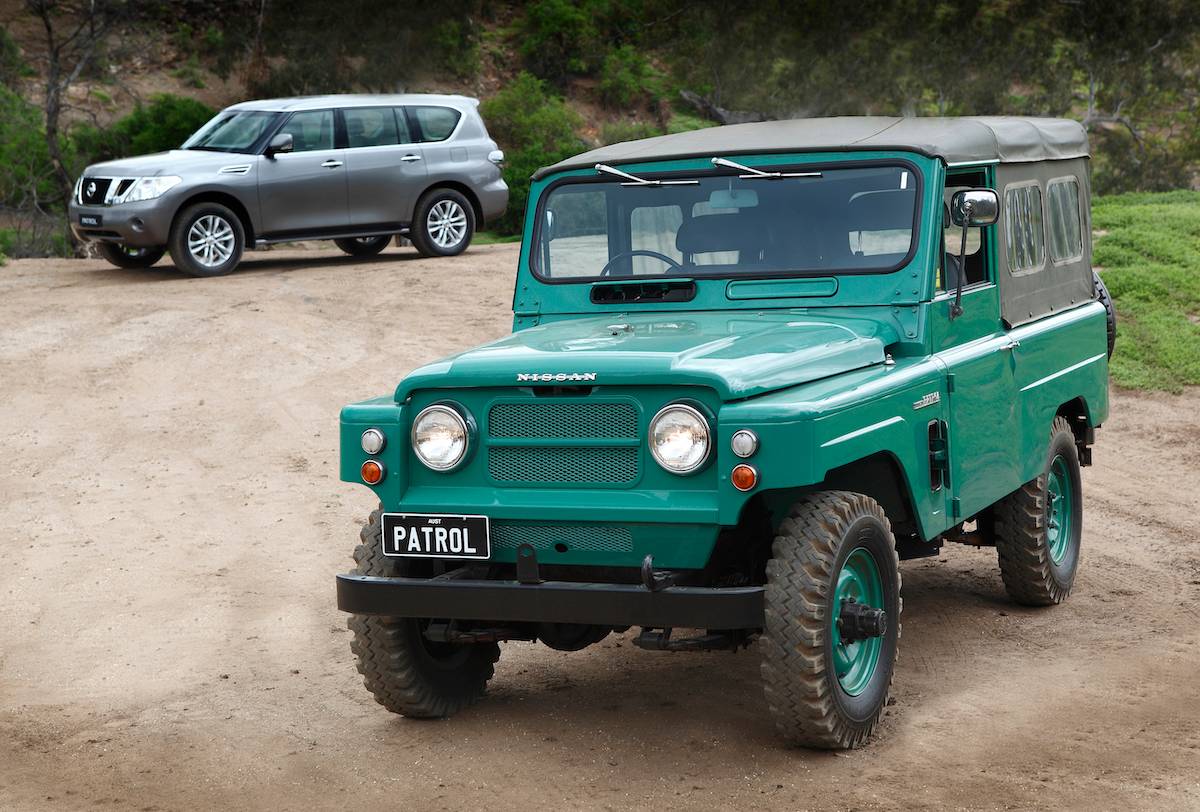Extraordinary Engines: Holden/HSV 215i 5.7-litre
Glenn Torrens•18 September, 2024
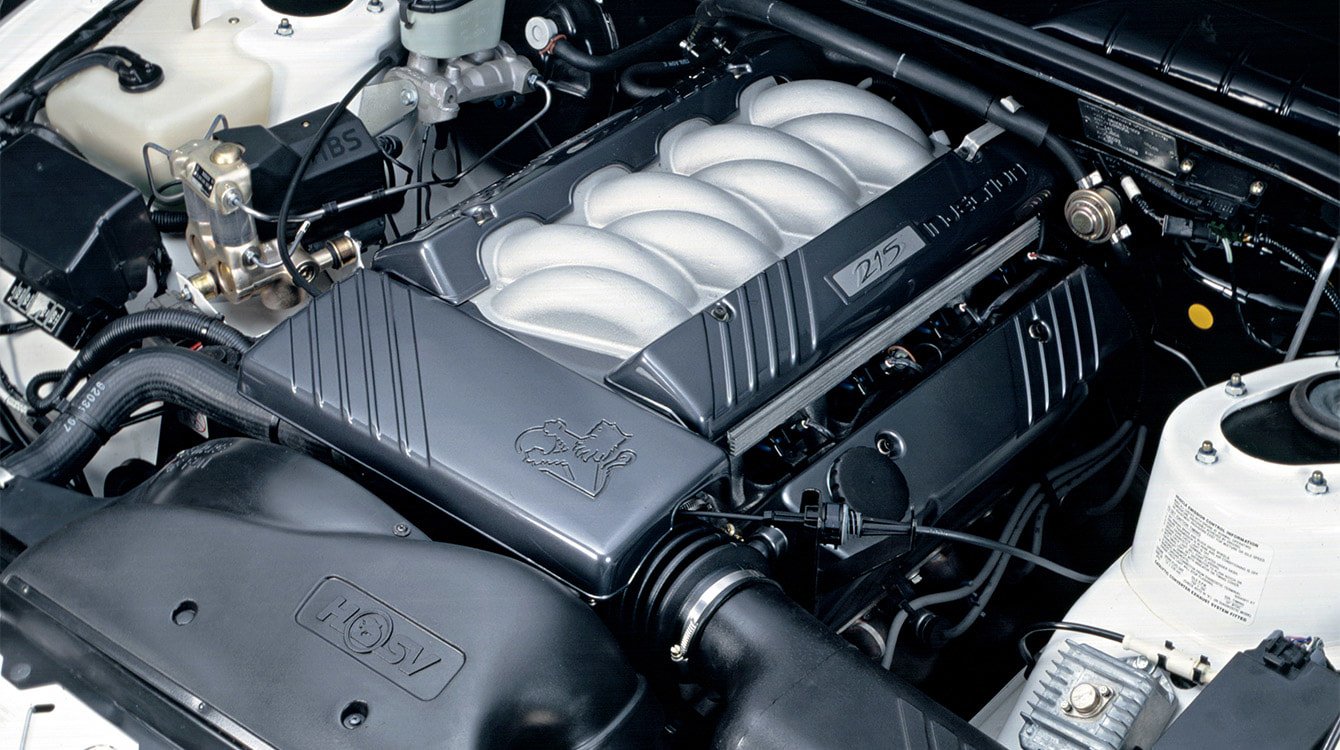
Holden 5.7L V8 Engine
How Holden Special Vehicles stretched the 5.0-litre V8 to 5.7-litres and created an Aussie performance icon.
The first factory V8 fitted to a Holden was the imported 307 cubic inch Chevrolet small block that made its debut in the HK range in January 1968. Six months after the HK’s launch Holden debuted its first two-door coupe, the HK Monaro, with an imported 327 cubic inch V8 option on the top-spec GTS. That engine was replaced just under 12-months later in June 1969 with a larger 350 cubic inch Chevrolet V8 fitted to the HT Monaro GTS 350.
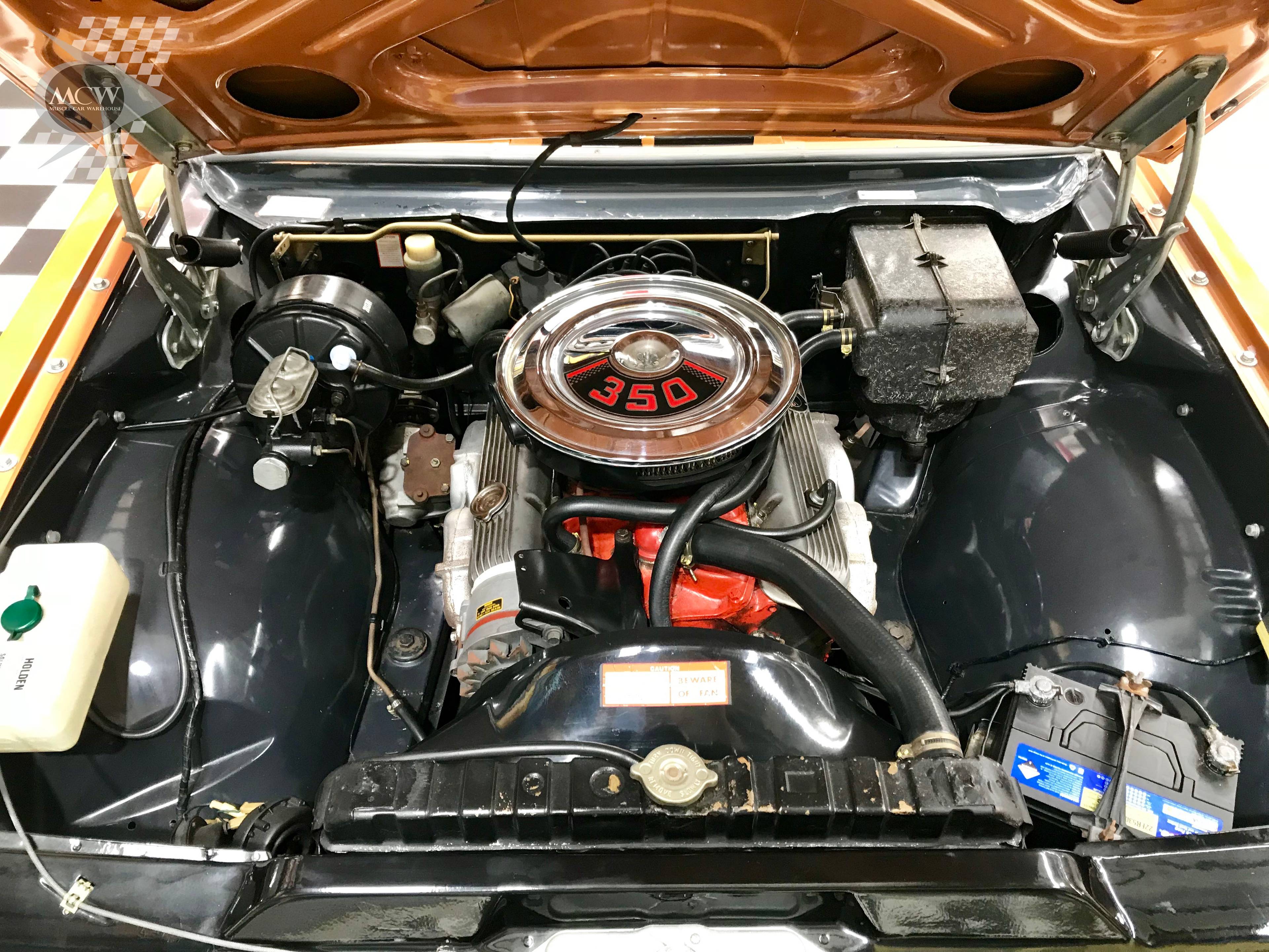
Holden 350 V8
The first all-Aussie Holden V8 also debuted in 1968’s HT Series in two capacities: 4.2- and 5.0-litres (253 and 308 cubic inches). Both engines remained in production with minor revisions until 1984 when the 4.2-litre capacity was retired.
By 1989, for the VN Commodore, the 5.0-litre V8 received major upgrades in the form of better-flowing cylinder heads, a long-runner intake manifold, and the game-changing addition of electronically controlled, multi-point fuel injection. The changes delivered a healthy bump in outputs to 165kW/380Nm.
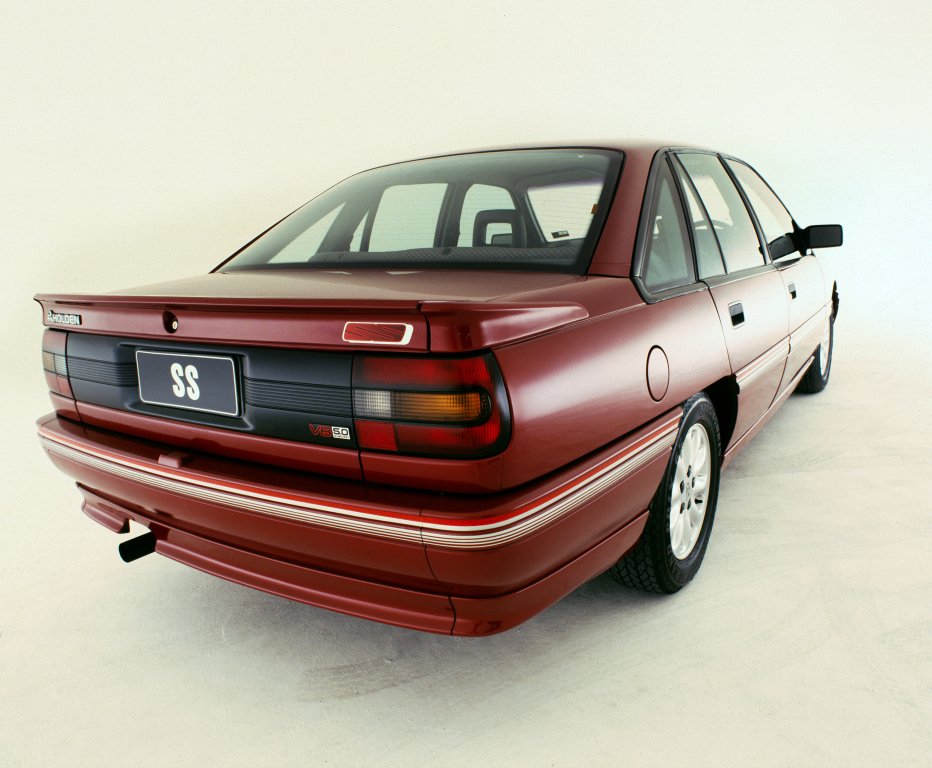
Holden Commodore SS 5.0 V8
With this new lease of life, the V8 became the heart and soul of the performance cars from Holden Special Vehicles (HSV), established in 1988. The first HSV version of this engine (as used in the HSV SV89 sedan) producing 180kW/400Nm thanks to a freer-flowing exhaust and air cleaner, and a recalibration of the management computer. With higher compression and an altered cam profile, a 200kW version of the 5.0-litre V8 was used in the HSV SV5000 and VP GTS.
The almost instant success of the HSV VN and VP models inspired HSV to aim higher; to go looking for more power.
The Holden/HSV V8’s original layout carried a secret: it had been designed for capacities from around 3.8-litres to around 5.7-litres using different-stroke crankshafts and differing piston and bore sizes. During the 1980s, plenty of enthusiasts and racers had rebuilt Holden V8s with custom-machined cranks for bigger capacity and more performance. This included HDT Special Vehicles, which was the predecessor to HSV.
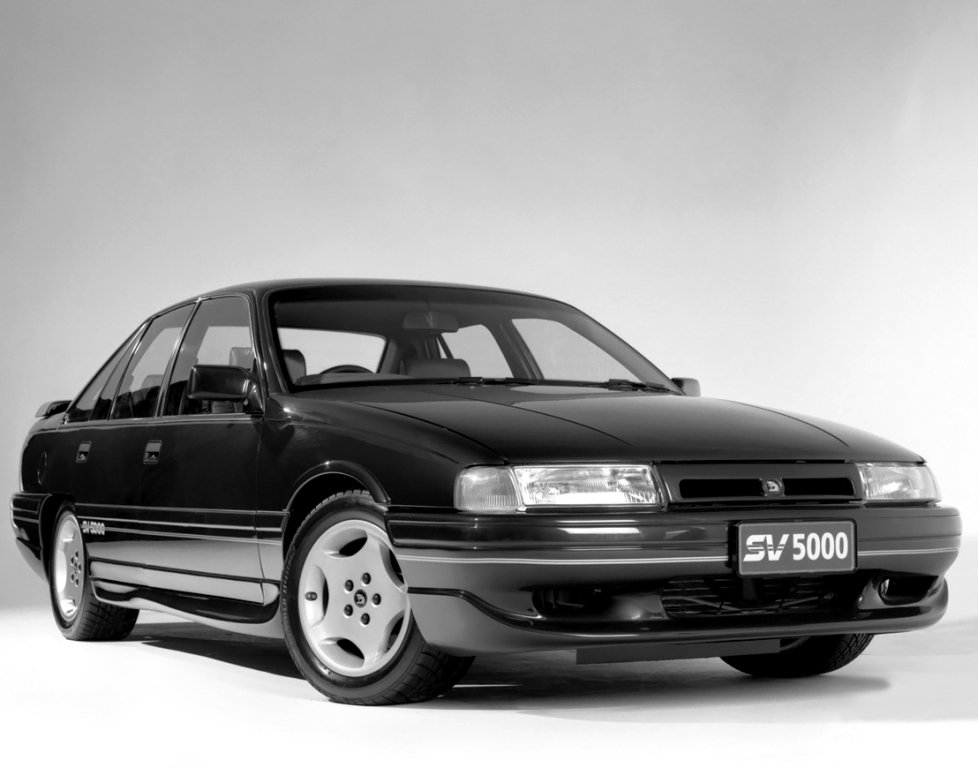
HSV SV 5000
So, a productionised version of the larger capacity Holden V8 was certainly possible. But in car manufacturing, as in other areas of life, not every possibility can become reality.
However, with careful planning using a mix of old and freshly developed parts, a 5.7-litre capacity Holden V8 did become reality, not only giving HSV a new top-spec performance engine but resurrecting one idea of the Holden V8’s original design team from the 1960s.
The success of the HSV VN and VP models inspired HSV to aim higher; to go looking for more power
Aftermarket high-performance component manufacturer Harrop Engineering – established by Aussie ex-racer Ron Harrop – was tasked with creating a special longer-stroke crankshaft from Holden-made cores. The engine also required new pistons, which were supplied by Aussie manufacturer ACL. Holden’s relatively small-volume V8 engine plant at Fishermans Bend in Victoria was able to assemble the new mill without upsetting normal manufacturing processes.
A special dual exhaust was required to dispense the larger capacity engine’s additional airflow and this was commissioned from HSV supplier Walker Exhaust. Working on dynos, at Holden’s Victorian proving ground and in outback Australia, Holden powertrain engineers calibrated and tuned the new engine to Holden/HSV’s high durability and legal emissions standards.
The last piece of the puzzle was the fact the while the new engine was of a larger capacity, it was externally identical to the normal Holden 5.0-litre V8. That meant the engines could be easily transported from Melbourne to Holden’s South Australian vehicle assembly facility and fitted to HSV’s core cars, before they made the return trip to Melbourne where HSV added its seats, trims, brakes, wheels, body kits and other bits.
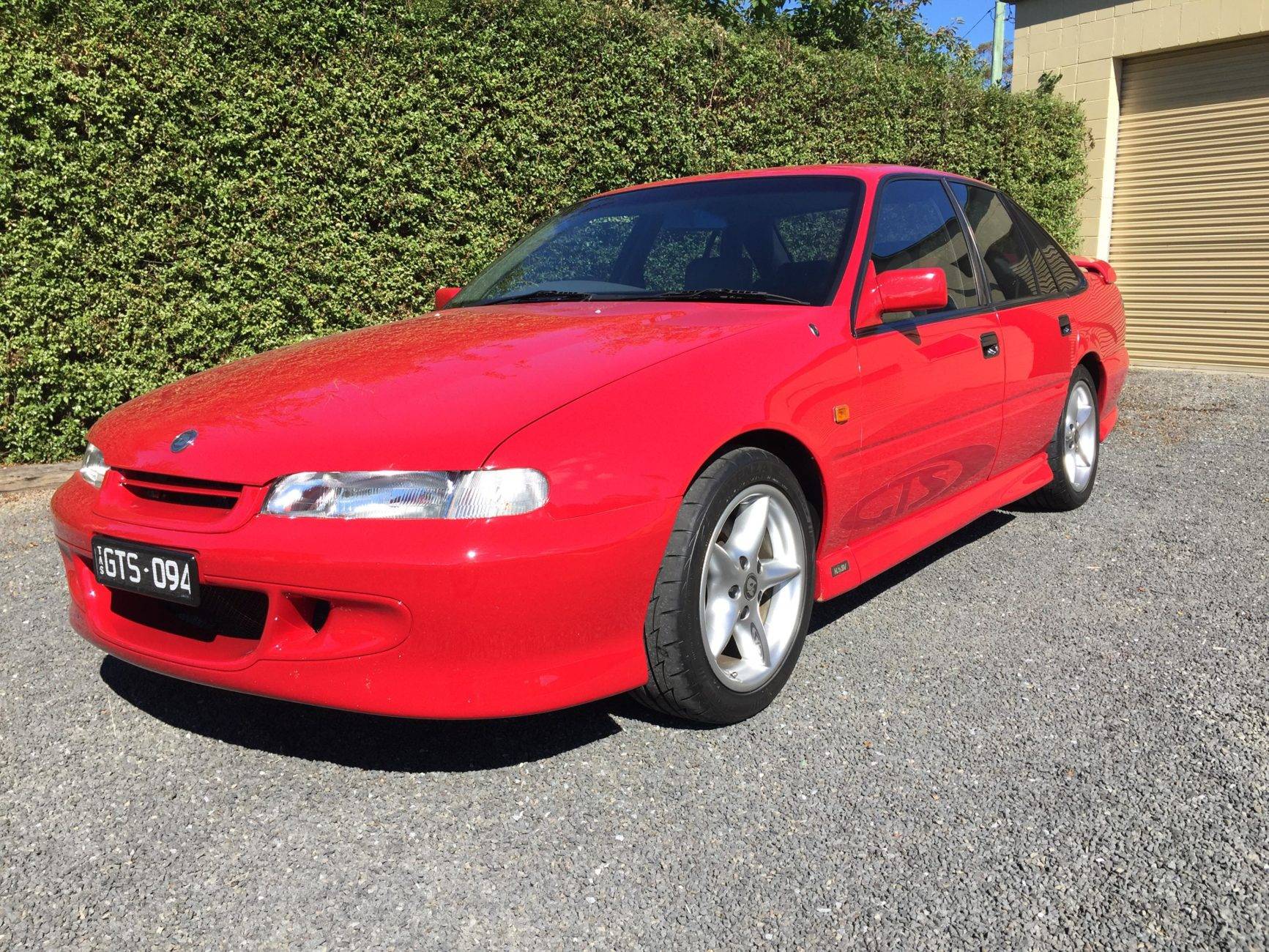
HSV Commodore VR GTS Image: HSV database
The resulting 215kW/430Nm 5.7-litre V8 that debuted in the 1994 VR series HSV GTS stands as a wonderful example of Aussie innovation and adaptation, while again proving the adage that racing improves the breed. The iron-block 5.7-litre V8 would later be upgraded to punch out 220kW for the VT HSV GTS of 1997, but its run was cut short in mid-1999 by the arrival of the imported all-alloy Chevrolet LS1 V8 fitted to the VT Series 2 HSV range.
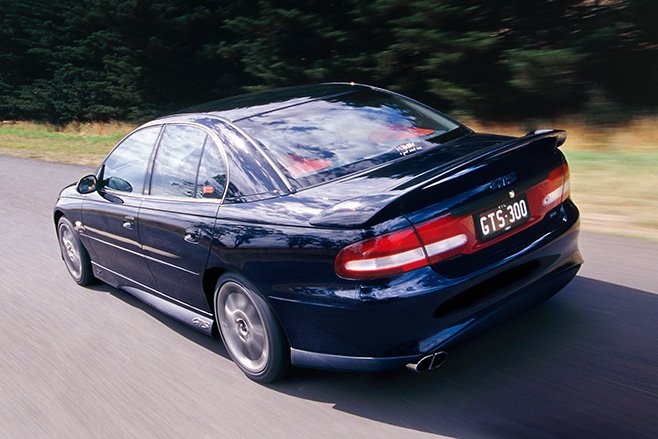
1997 HSV VT GTS Image: HSV database
Despite its relatively short five-year lifespan, the all-Aussie 5.7-litre V8 stands tall as a clever adaptation of an older design that briefly became the king of Aussie performance cars, ensuring its rightful place on our list of Extraordinary Engines.
Read More on Holden Engines: here and here
Glenn Torrens

Get The Latest
Sign up for the latest in retro rides, from stories of restoration to community happenings.
 '1972â73 1-1024x675.jpg)
